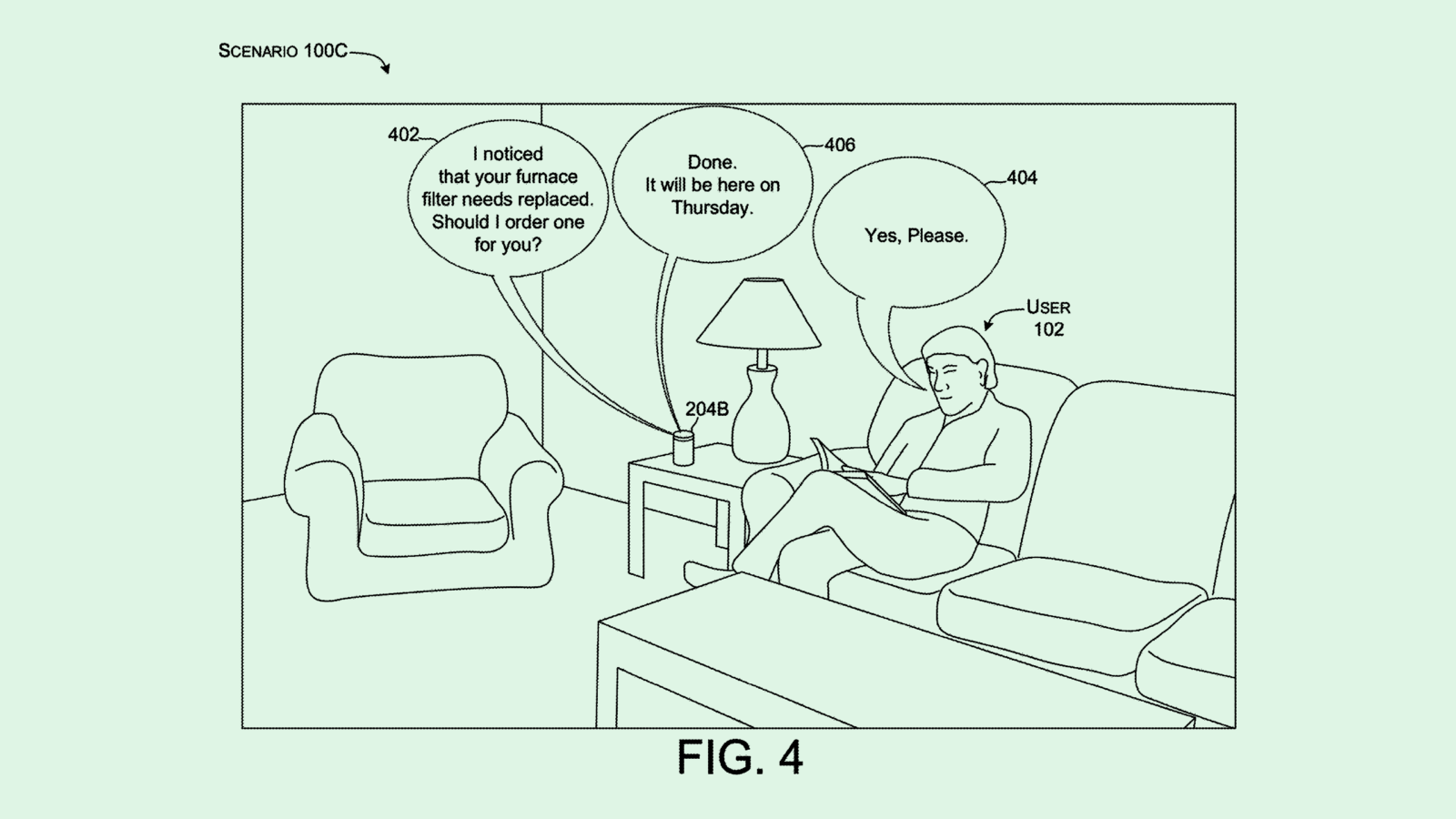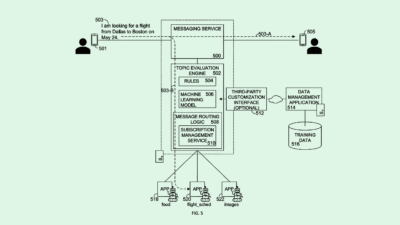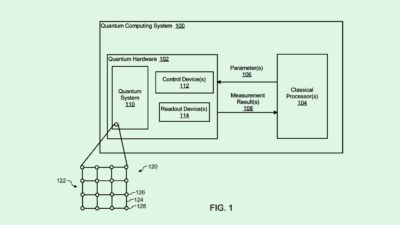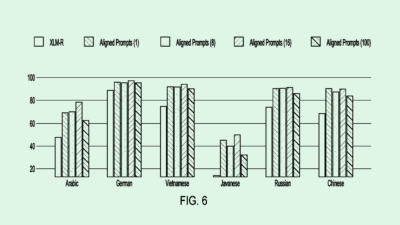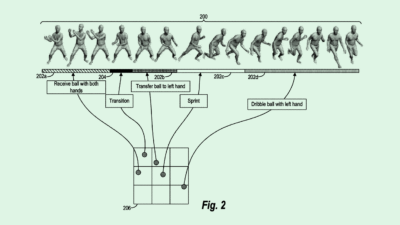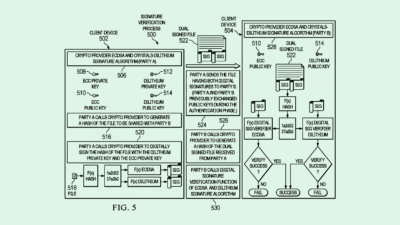Sign up to uncover the latest in emerging technology.
Cryptocurrency cards, wide-angled AR & Minority Report style UX
1. Mastercard – cryptocurrency cards
As cryptocurrencies have exploded into the mainstream over the last year in particular, payment companies such as Mastercard and Visa have sought to position themselves in this emerging ecosystem. While the idea of a completely decentralised payment network represents an existential threat to these payment providers, in truth, these institutions can still serve as useful bridges between crypto and tradfi.
In June 2021, Mastercard announced that it’s working to provide cards to cryptocurrency institutions to make it easier for users to convert crypto to fiat.
This week, the actual patent application underlying all of this work was made available.
The card payments will work by using a multi-signature blockchain wallet. So when you make a payment at a point-of-sale device, multiple signatures are provided by the payment card, as well as the financial institution behind the card. These multiple signatures then initiate the blockchain transaction.
Why is this interesting?
Well, enabling cryptocurrency transactions with cards mean that legacy point-of-sale systems can be used to facilitate payments via cryptocurrency.
Secondly, according to Mastercard, the use of cards for making cryptocurrency payments will create a degree of familiarity for consumers, and in turn help facilitate wider adoption.
With a growing class of people who are crypto rich, Mastercard providing crypto-cards helps the company take a slice of growing ecosystem, as well as enabling crypto-natives to use their assets to interact with the non-crypto world.
2. Nvidia – wide angled AR display
This is a pretty interesting patent application because it’s something I hadn’t considered before.
Right now, most AR applications take place either via the phone screen camera or through a generated image in eye glasses.
However, there’s a difficulty to creating an AR display similar to the wide angle of view that the human eye has. The first constraint is that generating AR images in a wide angle of view requires a lot of graphics power, that increases cost and bulkiness of the devices. Secondly, it’s difficult to provide a wide angle of view in an acceptable form factor that people will want to wear.
Nvidia’s solution is to use holographic optical elements to expand the field of view, without necessarily expanding the structure of the eye box.
Besides exploring its application in AR glasses, Nvidia is also exploring using AR with a heads-up display helmet, as well as in the heads-up displays of aircraft, trucks, cars and vehicles.
Why this is interesting is because Nvidia is taking the view that the next leap in AR is to bring the experience as close as possible to how humans naturally view the world – especially with respect to our field of view.
3. Microsoft – physical gesture based data manipulation
Microsoft is exploring enabling security analysts to manipulate data in a virtual scene, while wearing a near-eye-display.
The analyst will be able to use hand motions to grab and drag different data sets, and tap on a data set to perform specific operations.
Microsoft’s thesis is that even for experienced security analysts, it’s time consuming and difficult to perform analytics operations and remediate a security threat. Through the hand gestures and a virtual scene representing the data, Microsoft want to make it more intuitive for analysts to perform complex data operations, and in turn, reduce the time it takes to remediate a security threat.
The main takeaway from this filing is that in the near future, the way we interact with data may change drastically to the way we interact with it today. Rather than sitting at a desk, inputting formulas into spreadsheets, we may well be literally touching and feeling the data.
The future is weird.




